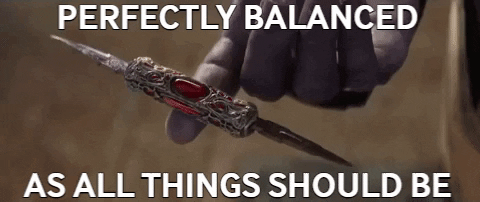Dear GQ community,
Thoughts on the subject of PF rebalancing:
I am running my two ETFs ($SPPW (+0,26 %) / $XMME (+0,73 %)) with the classic 70/30 weighting. Small caps should be added soon. Of course, rebalancing is not rocket science here.
If you look into the subject of rebalancing, you will come across all sorts of different ideas. There are even online calculators etc.
I don't think rebalancing by selling and reallocating is a good solution. When you sell securities or assets that have performed better, you also trigger a tax payment (in🇦🇹 unfortunately there are no tax-free allowances). This money is then gone, which is a shame.
That's why I'm in favor of rebalancing exclusively via purchases and savings plan adjustments.
How do you see this, do you think about it, is it relevant here?




